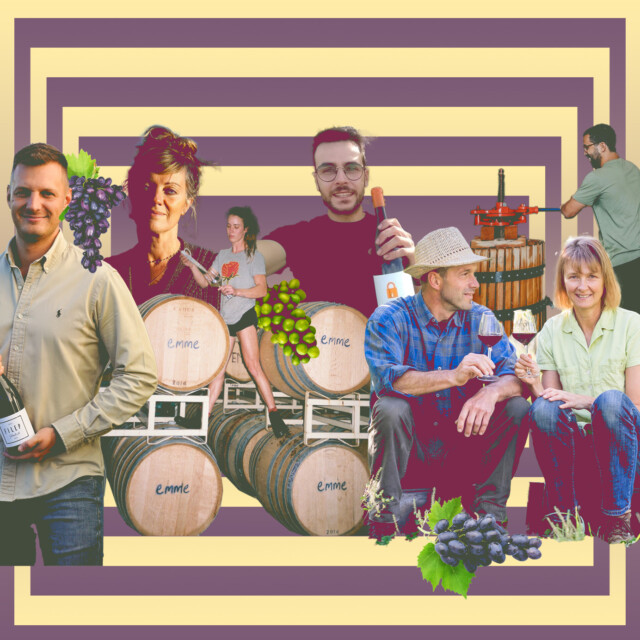In the ever-changing world of wine, each vintage brings a new opportunity for eager winemakers to make their mark on the industry. And with them they bring a fresh passion and perspective to the table, showcasing different styles, regions, and grape varieties for drinkers to explore. The growing number of small producers looking to show their unique point of view has certainly made an impact on the market in recent years, with a notable increase in offerings outside the norm. These forward-thinking producers push the boundaries of what wine lovers can expect from their regions, and they craft wine with the future in mind, often working biodynamically or sourcing from regenerative farmers.
This list showcases the producers of some of the most exciting and thought-provoking wines that recently hit the market, or will in the coming months, with a focus on emerging regions. Many of these winemakers started their own labels just a few years ago, while others have been working at their craft for decades, but are just beginning to showcase their wines on an international scale. A few started as an experimental side project and some are lifelong dreams, years in the making.
With hundreds of new and exciting wineries popping up around the world every year, this list is by no means exhaustive. But these 15 winemakers are definitely ones to keep an eye on in 2024.
Emme Wines — Sonoma, Calif.
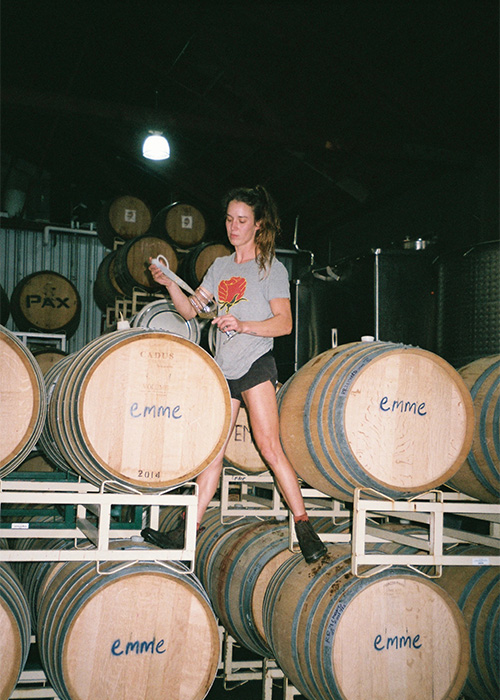
Emme Wines founder Rosalind Reynolds is the latest in a string of all-star producers who got their start under the wing of the Sonoma-based Pax wines. Previous mentees of Pax Mahle include Arnot-Roberts, Martha Stouman, Jolie-Laide, and Ryan Glaab of Ryme Cellars. As the pedigree of this winemaking family tree suggests, Emme Wines is a label to pay attention to. Reynolds started her own label in 2018 sourcing organically farmed grapes and crafting terroir-driven wines without additives. She reimagines grapes like Merlot, Carignan, and Zinfandel, making thought-provoking wines from varieties that are often ignored or relegated to big red blends. In 2024, Reynolds is looking forward to releasing a new bottling of Muscat Vert from Sonoma’s Nakai Vineyard. This single-vineyard bottling of a unique — and basically unheard of — grape variety is just a small glimpse into the exciting things to come from Emme Wines.
Bodega Clandestina — Penedès, Spain
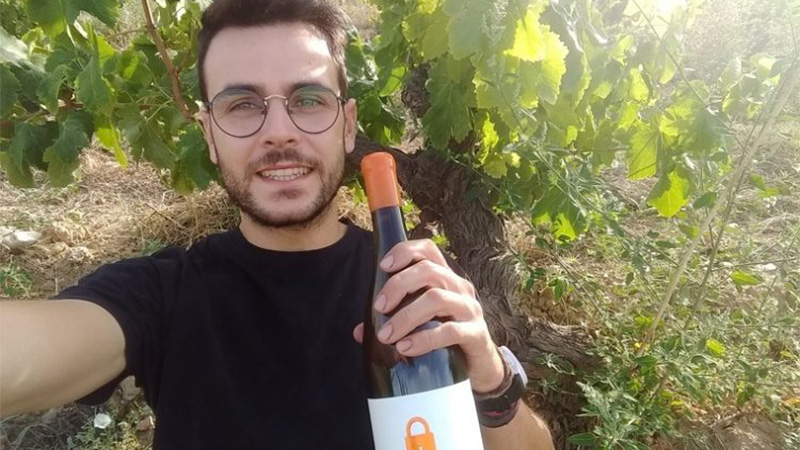
Spain’s Penedès region is poised to take off in 2024 — and we’re not talking about Cava. An increasing number of thoughtful producers in this region have their sights set on returning to the area’s pre-Cava traditions, crafting still wines from native varieties. The local Xarel-lo grape in particular has been heralded for its enticing texture and minerality, and we have a feeling you’ll be seeing a lot more of these wines on restaurant lists in the coming year. One emerging producer in this region is Ferran Lucruz, who started Bodega Clandestina in 2018. Lucruz organically farms about 20 acres of vines in Catalonia, working completely outside of any recognized appellation. Look out for his lively expressions of Xarel-lo as well as complex and floral Malvasias.
Apollo’s Praise — Finger Lakes, N.Y.

For the past decade, Kelby James Russell was the winemaker for some of the Finger Lakes’ most renowned labels, including Red Newt Cellars and Empire Estate. But in 2023, the Finger Lakes native set out to start his own project and purchased the Lahoma Vineyard on Seneca Lake. His new winery, Apollo’s Praise, is gearing up for its first-ever release, which is slated for May 1. Riesling and Cabernet Franc will be the main focuses, but there will also be some playful wildcards, like the region’s first ever Scheurebe, a rare aromatic grape from Germany. The wines will be distributed on a small scale, and the best chance you’ll have at trying a bottle is signing up for the brand’s eventful Wine and Glee Club.
Az. Agr. Summer Wolff — Monferrato, Italy
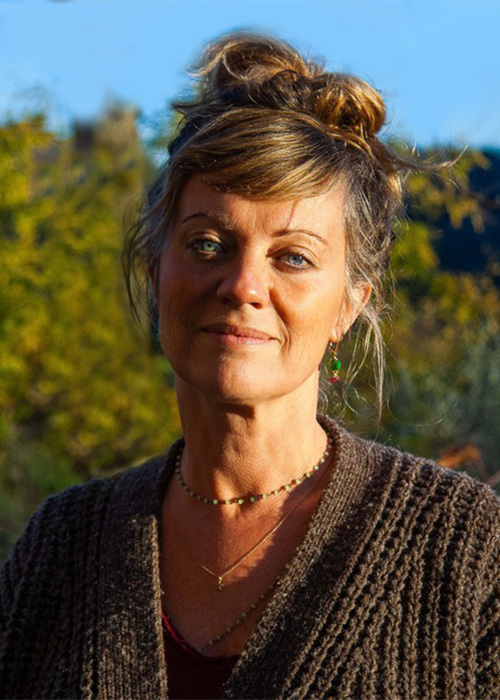
Summer Wolff’s career has spanned almost every corner of the wine industry. She first fell in love with wine while waitressing at a small restaurant in South Carolina, then proceeded to work as a sommelier, wine director, marketing and export assistant, and even started her own importing business called Hootananny Wines. Somewhere along the way she married winemaker Fabrizio Iuli of the renowned Cascina Iuli in Piedmont, and Wolff moved to Monferrato, which she likes to call the “wild side” of Piedmont. Although she works with Cascina Iuli, Wolff set out to start her own label in 2021. Wolff showcases the underappreciated native grapes of Piedmont, including a red Freisa and a skin-contact Baratuciat. The Baratuciat comes from an estate vineyard and the Fresia is sourced from a woman named Rosalba — a legend in the area known for her beautiful organic wine gardens — so the wines are created entirely by women from start to finish. Wolff even paints the gorgeous labels herself.
Liska Wine Co. — Willamette Valley, Ore.
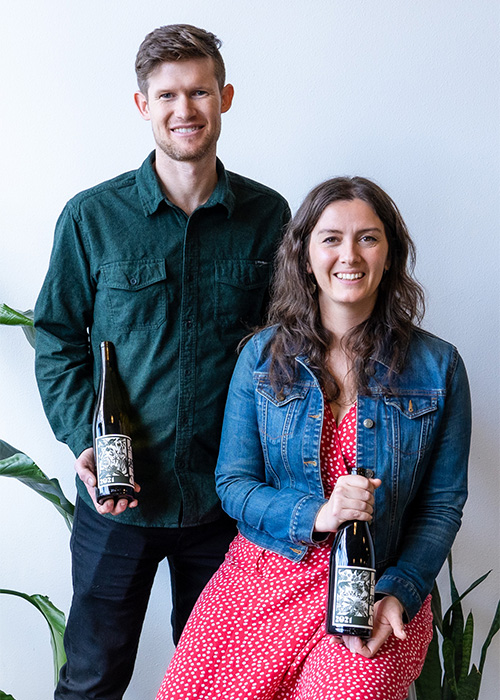
After traveling the world and falling in love with cool-climate wines, husband-and-wife winemaking team Chris Butler and Draga Zheleva settled down in Oregon’s Willamette Valley and started Liska Wine Co. in 2021. The pair focus on showcasing varieties they believe are particularly well suited to the region, including Riesling, Grüner Veltliner, Gewürztraminer, Gamay, and Syrah. Draga also designs the wine’s labels, each featuring prints of botanical scenes of native plants in the Pacific Northwest. Keep an eye out for these stunning bottles to experience extremely linear, acid-driven wines.
Magna Montis — Uco Valley, Argentina
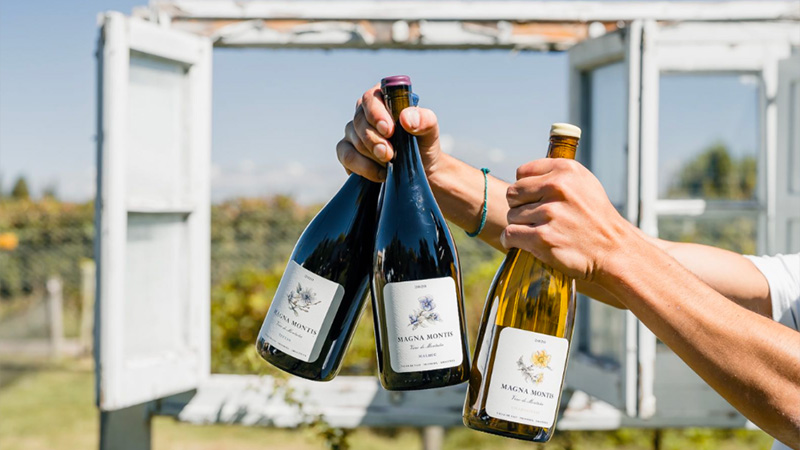
Looking for something fresh and exciting from Argentina? Magna Montis is a producer new to the U.S. market that strives to show that Argentine wines aren’t always over-extracted and over-oaked. Winemaker Martin Dicuzzo works with grapes from different sites of the Uco Valley — each about 3,300 to 5,500 feet above sea level — to highlight the area’s different terroirs. The elevation of the growing sites and Dicuzzo’s masterful winemaking help bring out the more refreshing and subtle flavors of Malbec and Chardonnay.
Matt Crutchfield Wines — Sonoma, Calif.
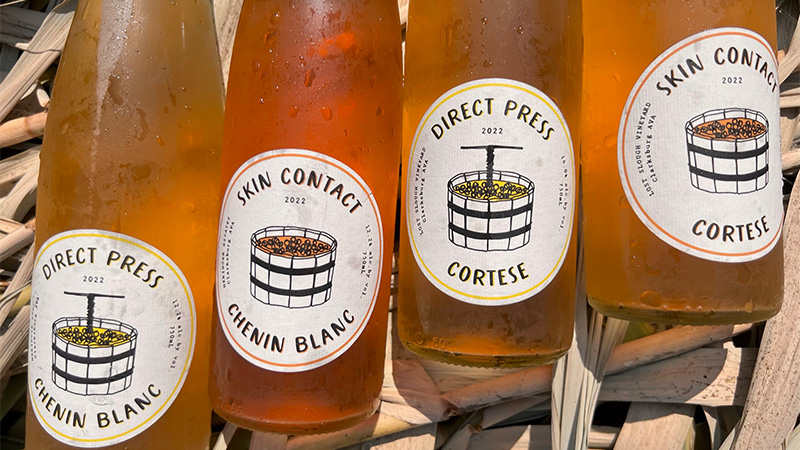
Matt Crutchfield is the talented assistant winemaker at Ryme Cellars in California, but over the past few vintages, he’s also been crafting his own line of small-batch wines on the side. For this project, he took a page out of Ryme’s book, focusing mostly on interesting Italian grapes like a skin-contact Cortese. This year, Crutchfield will release a new bottling of another Italian grape that’s rare in the U.S.: Falanghina. While production is still limited (about 300 cases this year), Crutchfield’s project continues to grow, so look out for these lively, Italy-inspired wines.
Filep Wines — Tokaj, Hungary
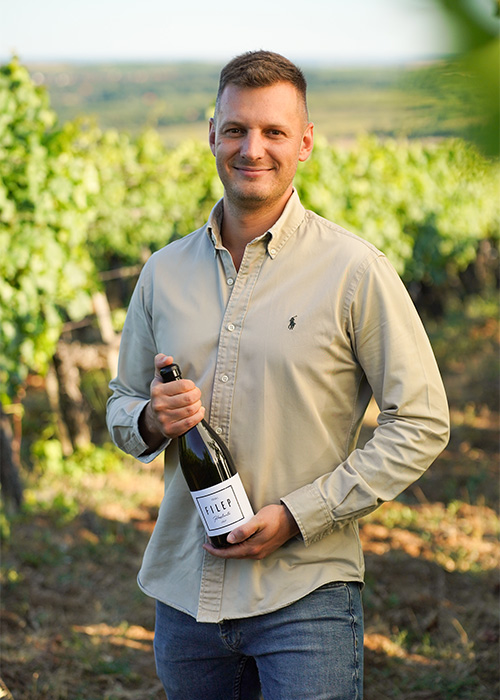
Wine lovers are finally realizing that there’s a lot more to Hungary than the sweet dessert wines of Tokaj. And lucky for us, an increasing number of wines from high-quality producers in Hungary are being imported into the U.S. to explore. One producer that will be brand new to the U.S. market in 2024 is Filep, led by young winemaker Gergley Filep and his father. The pair work with five acres of centuries-old vineyards planted primarily to Furmint and Háslevelü to craft low-intervention wines that are unfined and unfiltered. It’s rare to come across such a pure and expressive example of these grapes, so if you’re looking to explore more Hungarian wine in 2024, seek out these bottles.
Wassmann Wines — Villány, Hungary
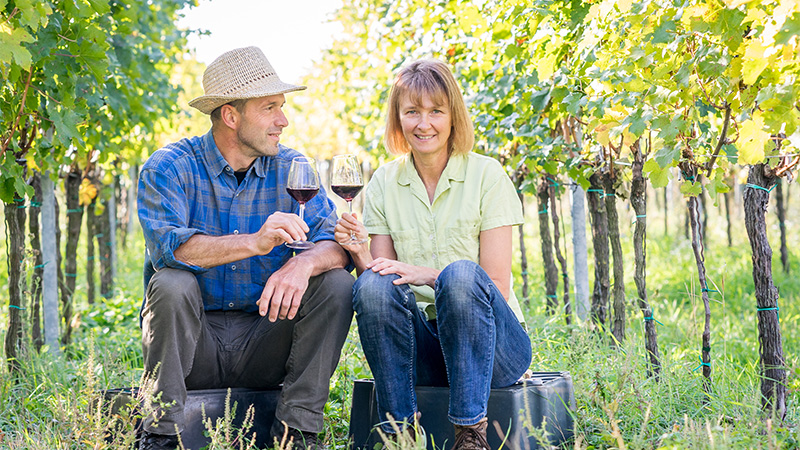
Venturing to Villány in the south of Hungary, there’s another producer that will be new to the U.S. this year. This region is known for its savory Cabernet Franc, so if you’re a Chinon fan, here’s something different to explore. Ralf and Susann Wassmann biodynamically farm their vineyards and craft lucious examples of Cabernet Franc with notes of supple purple fruits, ripe berries, and green peppercorns.
De La Boue — Willamette Valley, Ore.
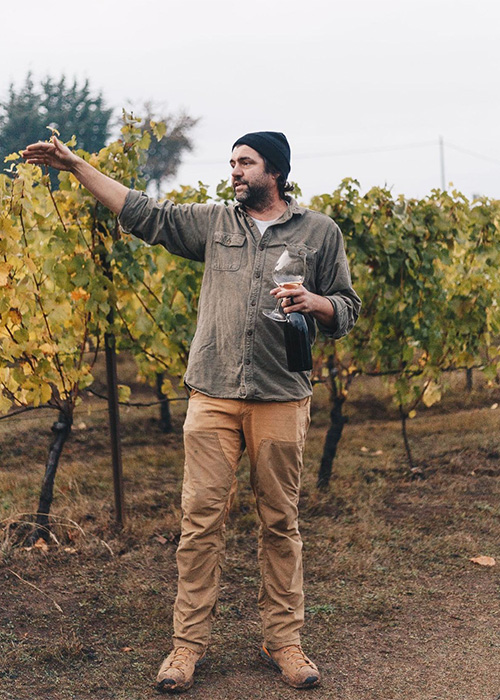
After working at a large winery in Oregon for five years, winemaker Travis Todd took the leap and started his own project in 2019 after he and business partner Chris Andrew had saved up enough money to buy some grapes. Now five harvests later, the pair are consistently crafting beautifully nuanced wines that sell out vintage after vintage. They make single-vineyard expressions of Pinot Noir, Chardonnay, and Syrah, and are planning on expanding to more varieties in the coming years, including Pinot Blanc. The winery’s limited-production releases tend to go fast, so we suggest signing up for the waitlist if you want a shot at trying these knockout wines.
Marie Rocher — Loire Valley, France
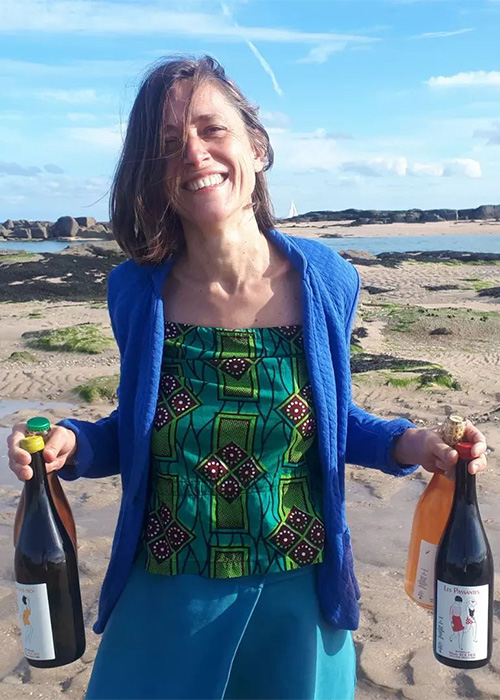
Marie Rocher has long been connected to the wine world, but only recently embarked on her independent winemaking journey. Her father published many early texts on natural wine, and when he passed she took over the business and fully immersed herself in the industry. After working harvests with legendary winemakers, Rocher finally established her own winery in the Loire Valley in 2018, working with local growers to source organic grapes. Now she crafts easy-to-love wines like a rosé pét-nat and a juicy Gamay and Cabernet Franc blend. Look out for these charming labels at your favorite natural wine bar in 2024.
Catch & Release Wines — Sonoma, Calif.
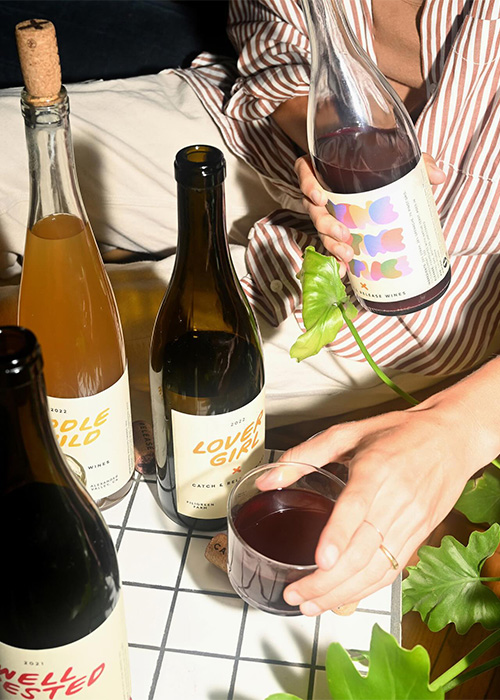
The playful bottles from Catch & Release scream glou-glou. Beno Stewart and Monica Varriale, the duo behind the wines, work with growers who champion regenerative farming to make wildly creative and approachable releases. We have a feeling their orange wines and lighter reds will be the main event at any picnic or casual get together in 2024. Watch out for new releases, including a quaffable Jura-inspired red that will hit the shelves this year.
Platteklip Vineyards — Swartland, South Africa
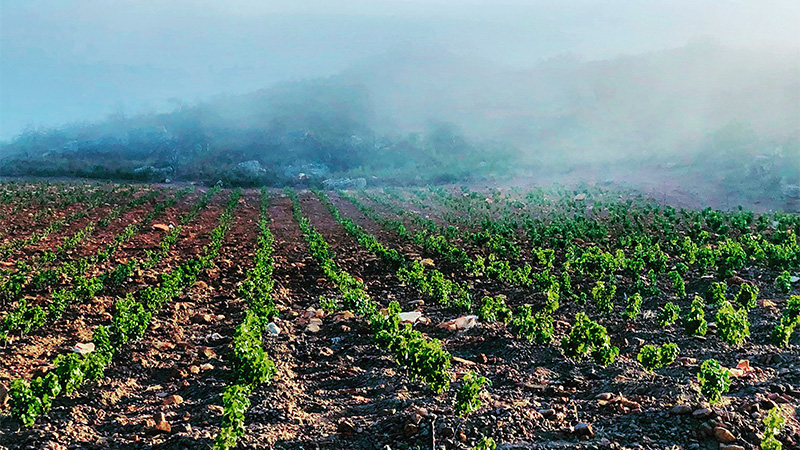
Johan Meyer, the renowned winemaker behind South Africa’s popular Mother Rock wines — which featured in VinePair’s best orange wines of 2023 list — is starting up a new winemaking venture to add to his portfolio. The project, Platteklip Vineyards, is based on the estate vineyards at Meyer’s home on top of the Piketberg Mountain, about two and a half hours north of Cape Town in Swartland. In addition to creating a new label, Meyer took his dedication to these vineyards to the next level by establishing his own Wine of Origin appellation within Swartland called Piket-bo-berg. Meyer was drawn to this distinct region because of its high elevation, at approximately 800 meters above sea level, and diverse soils. He sees extraordinary potential for cool-climate expressions of Chardonnay, Sauvignon Blanc, and Pinot Noir, and is also planting more obscure grapes like Trousseau and South Africa’s first Mencía.
Social Creatures Winery — San Benito County, Calif.
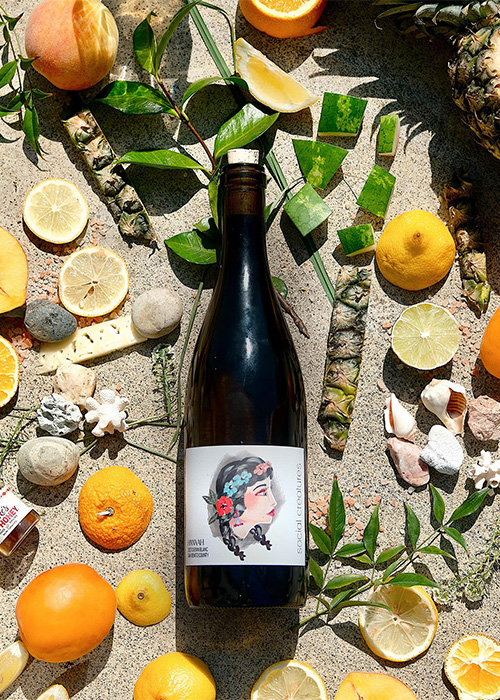
After making wine all over the world, Katrina Laemmerhirt started Social Creatures winery in Sonoma in 2021, drawing inspiration from her travels and the people she met along the way. After working for a winemaker in South Africa that focused on Chenin Blanc, Laemmerhirt decided to focus on this variety, as well as Cabernet Franc, crafting fresh, earthy, and mineral-driven wines from cooler climate sites in California. Following another influential trip, this time to the Loire Valley, Laemmerhirt is working to replicate the region’s juicy and fresh red blends with Cabernet Franc, Malbec, Pinot Noir, and Cabernet Pfeffer, an obscure grape almost exclusively found in California and known for its bright, fruit-forward qualities.
Approachment Wine Company — Willamette Valley, Ore.
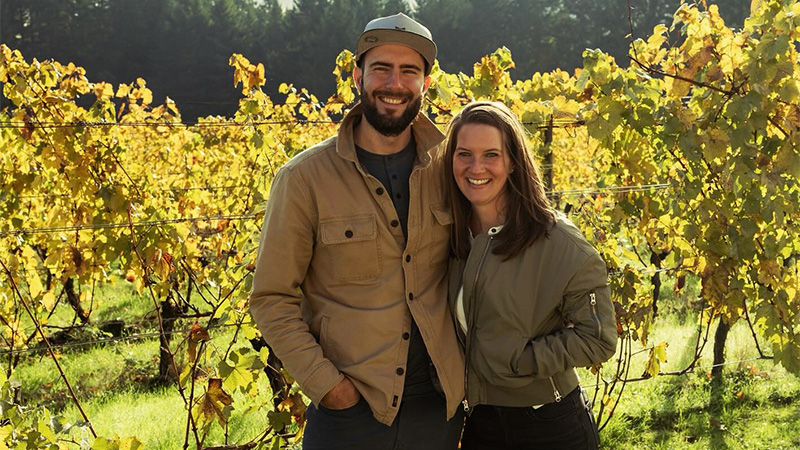
Longtime winemakers Jessica and Paden West started Approachment Wine Company as a side project to explore varieties and styles that they don’t typically get to make during their day jobs at larger companies. The husband-and-wife duo started out in 2021 with a skin-contact Pinot Gris and have recently added carbonic Gamay, Grenache, and Syrah to their quickly expanding portfolio. The labels are individually commissioned from local female artists to capture the vibe of each wine on the bottle.
